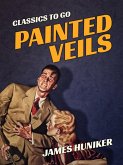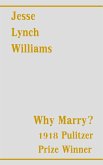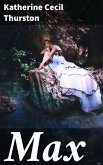In "Painted Veils," James Huneker explores the complex interplay of art, identity, and emotion through a series of richly drawn characters, each navigating their own veils of perception and reality. The novel's exquisite prose reflects Huneker's mastery of impressionistic writing, immersing the reader in vivid imagery and philosophical musings that connect the characters' internal struggles with broader societal themes. Set against the backdrop of early 20th-century America, the book deftly examines the influence of modernism and the shifting cultural landscape, making it a poignant study of disillusionment and aspiration. James Huneker, an influential literary and musical critic, was deeply immersed in the vibrant arts scene of his time, which significantly shaped his perspective on creativity and human experience. His passion for European culture and existential inquiry are palpable throughout "Painted Veils," as he reflects on the profound impact of art not only as a source of beauty but also as a mirror to one's emotions and societal roles. Huneker's extensive travels and connections with notable artists and intellectuals enrich the narrative, offering insights drawn from his diverse experiences. This novel is recommended for readers who appreciate lyrical prose and sophisticated character exploration. "Painted Veils" invites readers to peel back layers of facade and confront the complexity of emotional truth, making it a timeless reflection on the nature of art and existence. Ideal for fans of modernist literature, Huneker's work promises an enriching journey through the human experience that resonates with contemporary readers. In this enriched edition, we have carefully created added value for your reading experience: - A succinct Introduction situates the work's timeless appeal and themes. - The Synopsis outlines the central plot, highlighting key developments without spoiling critical twists. - A detailed Historical Context immerses you in the era's events and influences that shaped the writing. - A thorough Analysis dissects symbols, motifs, and character arcs to unearth underlying meanings. - Reflection questions prompt you to engage personally with the work's messages, connecting them to modern life. - Hand-picked Memorable Quotes shine a spotlight on moments of literary brilliance. - Interactive footnotes clarify unusual references, historical allusions, and archaic phrases for an effortless, more informed read.
Dieser Download kann aus rechtlichen Gründen nur mit Rechnungsadresse in A, B, BG, CY, CZ, D, DK, EW, E, FIN, F, GR, H, IRL, I, LT, L, LR, M, NL, PL, P, R, S, SLO, SK ausgeliefert werden.









